Supporting Indigenous Food Sovereignty in Every Meal
36 min read Practical ways to honor Indigenous foodways at home—sourcing native ingredients, supporting tribal producers, and cooking respectfully to strengthen community resilience and culinary biodiversity. October 03, 2025 12:07
Steam rose from the pot like a breath of the lake itself—piney and sweet, the air perfumed by a handful of spruce tips tossed in at the last minute. The wild rice splayed open as it finished, each ebony grain unfurling a small white curl, a chorus of quiet pops against the lid. I stirred slowly with a wooden spoon worn thin by years, and the heat released a memory: a shoreline at dusk, loons calling back and forth, and the scent of distant smoke. This is how I first understood Indigenous food sovereignty—not as a policy term or a line item in a budget, but as a flavor. Living, place-based, and steeped in care.
The question for us as cooks is simple, and profound: how do we support that sovereignty with every meal?
What Food Sovereignty Tastes Like: A Cook’s Primer

Food sovereignty is the right of a people to grow, gather, fish, hunt, and eat foods that come from their own lands and waters, guided by their own knowledge and customs. For Indigenous communities, it means more than calories or access; it means relationships—between people and prairies, between salmon and cedar, between seeds and stories. When those bonds are strong, the food tastes unmistakably different. Wild rice isn’t just a nutty starch; it’s the whisper of a canoe gliding through a stand of manoomin, the drumbeat of poles tapping ripened grains into a boat.
As culinary professionals and devoted home cooks, we’re practiced in reading flavor. We can taste the mineral snap of a raw oyster and picture the estuary it came from, or hear a sourdough’s wild yeast from the tang on our tongue. Food sovereignty asks us to extend that sensory literacy to the histories and rights of the people who steward those foods. To taste a berry sauce and ask: whose land nurtured these chokecherries? What treaty ensured salmon still run this river? Who saved these seeds, year after year?
If food sustainability is the “what”—short supply chains, resilient crops, low waste—Indigenous food sovereignty teaches the “who” and the “how.” Who sets the terms of harvest? How are young people learning to net eulachon or burn camas meadows so the bulbs will thrive? When we honor sovereignty in our kitchens, we’re not just cooking; we’re feeding a continuum.
Beyond Trend: Respectful Sourcing vs. Culinary Appropriation

Indigenous ingredients and techniques are appearing on more menus, cookbooks, and Instagram feeds, which is cause for both celebration and care. The line between appreciation and appropriation isn’t always neat, but we can cook on the right side of it with intentional choices.
Think of it as a set of kitchen checks:
- Accountability: Are you buying from Indigenous-owned producers and restaurants when available? Is the money actually returning to the communities that hold the knowledge? For example, purchasing wild rice from Native Harvest (White Earth Nation) or Red Lake Nation Foods is fundamentally different from buying cultivated “wild rice” from a conglomerate.
- Attribution: When you cook a dish with Indigenous roots, name the community and, when appropriate, the person who taught you. “Three Sisters succotash with Haudenosaunee white corn and Seneca beans” tells a story; “vegetable medley” erases one.
- Consent: Some foods, songs, and ceremonies are not for sale. Don’t recreate sacred foods or ceremonies you’ve encountered unless you’ve been explicitly invited and taught to do so, and even then, consider whether it belongs on a public menu.
- Reciprocity: If a local Elder, educator, or knowledge holder shares techniques, compensate them. Invite them to consult on your kitchen, pay their invoice promptly, and keep the relationship ongoing, not transactional.
- Context: Dishes like frybread emerge from histories of displacement and government rations. Acknowledge that complexity if you serve it, or better yet, center pre-colonial, land-based foods that nourish—corn, beans, squash; fish, game, roots, berries.
Appropriation reduces food to a flavor trend. Respect means cooking in a way that strengthens living cultures.
Pantry Shifts: Indigenous Staples You Can Cook Tonight

You don’t need a smokehouse or a cedar grove to begin. Start with your pantry. Choose one Indigenous staple and build a meal around it. As you cook, trace its story.
- Manoomin (wild rice), Great Lakes: Real wild rice is hand-harvested in canoes and parched over wood fires. It smells earthy, a little like black tea and rain. It cooks more slowly than paddy-grown “wild rice blend,” and it sings—listen for the small change in pitch as steam swells the grain. Vendors: Native Harvest (White Earth Nation), Red Lake Nation Foods.
- Tepary beans, Tohono O’odham & Akimel O’odham (Southwest): Short, resilient beans with a delicate sweetness and a thin skin that yields like silk when cooked. They drink up smoke and sage. Vendors: Ramona Farms sells brown, white, and black teparies plus Pima club wheat and wheat berries.
- Blue cornmeal, the Southwest and beyond: Smells like toasted hazelnuts when it hits heat; deep, mineral, a dream with juniper ash or lime for alkalinity. Ute Mountain Ute Tribe’s Bow & Arrow Brand mills corn into grits and meal. Navajo-Churro lamb and blue corn are close cousins in flavor.
- Maple syrup & maple sugar, Great Lakes/St. Lawrence: Not just sweet; maple tastes like the snap of hard frost loosening its grip. Use it to glaze carrots or whisk with cider vinegar for a bright dressing.
- Bison, Plains Nations: Lean, iron-rich, and delicate when you treat it kindly—a quick sear, a gentle simmer. Think of it as the scent of grass sunk deep into muscle.
- Chokecherries, Saskatoon berries, and cranberries: Wojape, a Dakota sauce of berries and chokecherry, draped warm over roasted squash or venison, holds sunshine even in January. SweetGrass Trading Co. often stocks Indigenous-made preserves.
- Kelp and coastal seaweeds, Pacific Northwest: Briny, iodine-bright ribbons that taste of tidepools and fog. Use kelp to season stocks or swap for imported seaweed.
- Sumac and juniper berries: The cedar forest distilled. Lightly crush juniper to release its citrus-pine aroma; it loves game and beans.
- Wattle seed, finger lime, pepperberry (Australia): Coffee-chocolate aromas from roasted wattle seed; pepperberry’s lilac heat; finger lime caviar that pops like cold rain. Indigenous-owned Warndu and Something Wild bring many of these to broader kitchens ethically.
- Kawakawa, horopito, pikopiko (Aotearoa New Zealand): Kawakawa’s peppery warmth sings with fish; pikopiko (fern fronds) taste like green almonds. Kono and Kaitahi are Māori-led companies creating value-added products from native ingredients.
Sourcing tips and producers to support:
- North America: Native Harvest/White Earth Nation (wild rice), Red Lake Nation Foods (wild rice, jams), Ramona Farms (tepary beans, wheat), Bow & Arrow Brand (cornmeal/grits), Sakari Farms (Indigenous woman-owned; Northwest-grown native crops and spices), Tocabe Indigenous Marketplace (pantry staples with transparent sourcing).
- Restaurants and kitchens: Owamni by The Sioux Chef (Minneapolis), Wahpepah’s Kitchen (Oakland), Cafe Ohlone, also known as mak-’amham (Berkeley), Salam n’ Bannock Bistro (Vancouver), Feast Cafe Bistro (Winnipeg), Tocabe (Denver). Eat there; bring your team.
- Global links: Masienda and Tamoa (heirloom Mexican corn from Indigenous farmers for nixtamal and masa), Warndu (Australia), Something Wild (Australia), Hiakai (Wellington restaurant and book), Renbiten (Sámi-owned shop in Sweden for reindeer and berries).
Whenever possible, verify ownership and supply chains; Indigenous-led businesses clearly state their community ties. If you’re in doubt, ask.
Cooking with Reverence: Techniques Rooted in Place

Indigenous foodways are technological masterclasses refined over millennia. Folding them into your kitchen honors both past and present—and often produces the best flavor.
- Nixtamalization: Indigenous Mesoamerican cooks have long known that cooking maize with alkaline ash or lime unlocks niacin and transforms both nutrition and texture. The scent is unforgettable—a cross between warm tortillas and wet limestone. At home, simmer whole dried corn with culinary-grade calcium hydroxide (cal), rinse, and grind for masa, or use the hominy in stews. If you taste a gentle mineral sweetness you’re close. Masienda’s tutorials are excellent.
- Earth oven cooking: From hāngi in Aotearoa to imu in Hawai‘i and clambakes along the Northeast, cooking in earth with hot stones creates even, enveloping heat and a whisper of smoke. Without a pit, you can mimic the effect by layering cabbage leaves or kelp under and over seasoned foods in a Dutch oven, adding hot rocks pre-heated in your oven, and covering tightly. The resulting steam smells of shoreline and dark soil.
- Cedar/spruce steaming: Cedar planks and spruce boughs are not just props; they season the air. Line a steamer basket with cleaned spruce tips or a cedar bough to perfume fish or wild rice. Note: always identify species correctly and use culinary-safe materials; never use yew or chemically treated wood.
- Stone boiling: Heat river stones in a fire until they glow, then drop them into a basket or hide bag of soup to bring it to a simmer—a method that adds a faint mineral taste. Modern riff: preheat clean, food-safe stones in your oven and transfer to a heavy pot of broth.
- Drying and smoking: Drying corn on the cob above a low, fragrant fire, smoking salmon until it is lacquer-red and firm—it’s preservation as poetry. Use alder, apple, or maple wood for gentle smoke; remember that smoke is a seasoning, not a mask.
The throughline is care. You don’t bulldoze flavor; you coax it forth the way you would coax a flame from char—patient, attentive, ready to learn.
The Three Sisters and Their Cousins: Companion Planting on the Plate
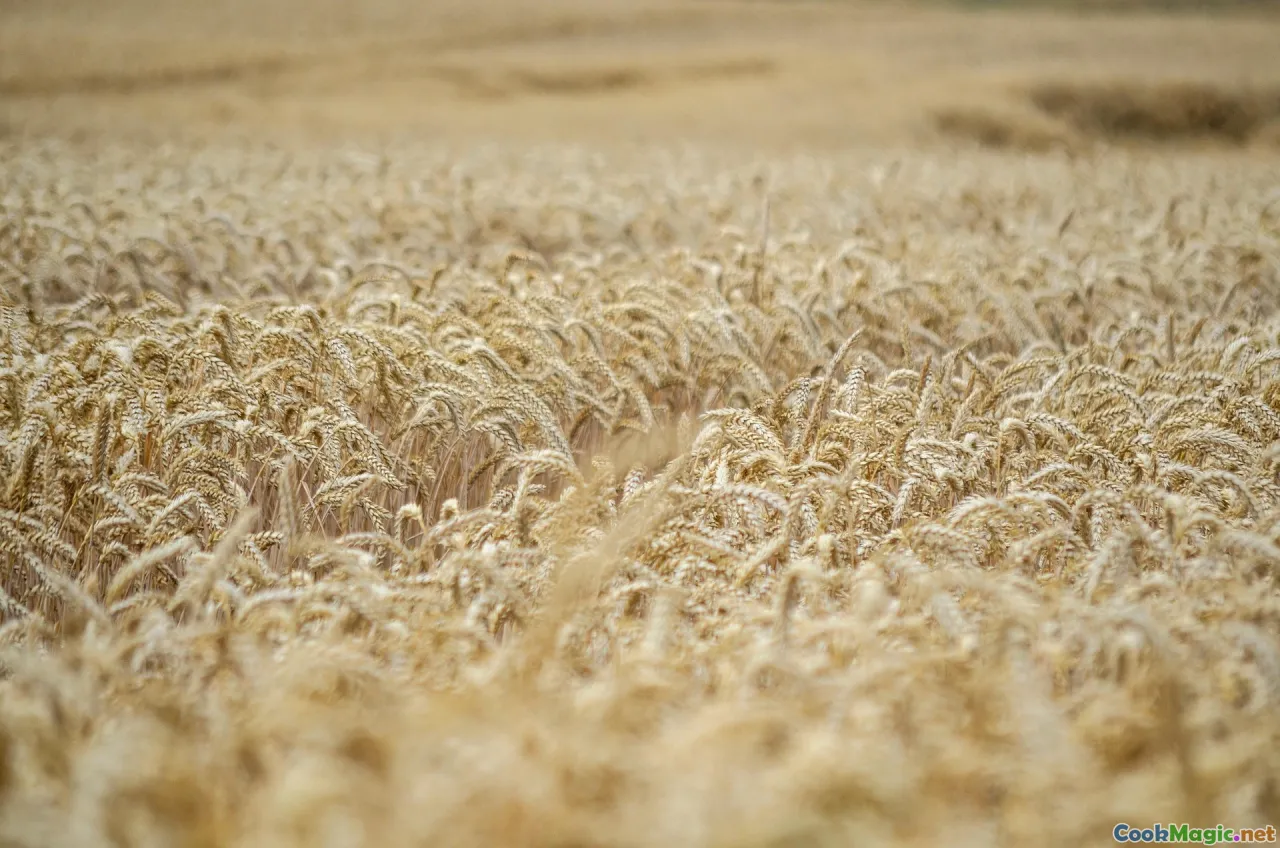
The Three Sisters—corn, beans, and squash—are an agricultural symphony indigenous to the Americas. Corn offers a ladder, beans fix nitrogen, squash spreads wide to shield the soil. On the plate, they harmonize in exactly the same way: starch, protein, sweetness; bright, earthy, nutty.
Imagine a bowl: roasted kabocha or Hubbard squash streaked with maple, a spoonful of tepary beans warmed with onion and juniper, and a crisp crumble of blue cornmeal bruléed under the broiler. The spoon slides through, and you get the scent of caramel and forest floor, the chew of corn, the silk of beans, the soft belly of squash. Finish with a wisp of smoked salt.
Other companion pairings spring from similar ecologies:
- Southeastern hominy succotash with pole beans and poblanos, finished with a bright squeeze of green sumac.
- Pueblo blue corn atole (a warm, thick drink) alongside skillet-roasted pumpkin seeds, both singing with cinnamon and the faint alkalinity of ash.
- Haudenosaunee white corn mush, a canvas for savory mushrooms sautéed in duck fat and a drizzle of maple.
Cook these dishes and you’ll feel it—the way flavor confirms a relationship well-tended.
Manoomin at the Center: A Pot of Wild Rice with Spruce Tips, Mushrooms, and Hazelnut Oil (Recipe)

Serves 4 as a main, 6 as a side
You can practically hear the shores of the Great Lakes in this pot: the snap of wild rice, the resin-bright pop of spruce tips, the woodland softness of mushrooms. Hazelnuts, native to the region, bring warm fattiness that flatters the rice’s chew.
Ingredients:
- 1 cup hand-harvested wild rice (Manoomin), rinsed
- 3 cups cold water or light mushroom broth
- 1 small handful fresh or thawed spruce tips (about 1/2 cup lightly packed), roughly chopped; or 1 tablespoon dried spruce tips
- 1 tablespoon sunflower oil or neutral oil
- 1 small yellow onion, finely diced
- 2 cups mixed mushrooms (chanterelles, oyster, cremini), torn or sliced
- 1 teaspoon crushed juniper berries (optional, but magical)
- 1/2 teaspoon salt to start, plus more to taste
- Black pepper to taste
- 2 tablespoons roasted hazelnut oil, plus more to finish
- 1/2 cup toasted, chopped hazelnuts
- 1/4 cup dried cranberries or small wild blueberries (optional)
- A few sprigs fresh thyme or a pinch of dried thyme
- Lemon zest or a splash of cider vinegar to brighten
Method:
- Combine rinsed wild rice and water/broth in a medium pot. Bring to a boil, then reduce to a lively simmer. Cover loosely and cook 35–45 minutes, until most grains have unfurled with a tender but bouncy bite. The steam will smell like warm granite and wet leaves—this is right.
- While the rice cooks, warm oil in a wide skillet over medium heat. Add onion with a pinch of salt and cook until translucent and sweet, about 5–7 minutes. When the edges start to brown, stir in mushrooms and let them release their liquid. The pan should smell like moss and toast.
- Add juniper, thyme, and spruce tips to the mushrooms. Stir until the spruce grows fragrant—resinous, lemony, not overpowering. If using dried spruce, add with a splash of water to bloom.
- Drain any excess liquid from the rice, then fold the rice into the mushroom mixture. Season with salt and black pepper. Drizzle in the hazelnut oil and toss gently; the grains should glisten, and the heat should swell the aroma.
- Add cranberries or wild blueberries if using; their brightness is a winter sunbeam through pines. Sprinkle with toasted hazelnuts. Finish with lemon zest or a splash of cider vinegar.
Serve warm, with a few raw spruce tips scattered at the last second for a spark of green. If you have it, a thread of maple syrup can round the edges the way cream rounds coffee.
Notes and safety: Always positively identify spruce tips and avoid yew. If you’re unfamiliar, swap in a cedar-smoked salt or fresh thyme and lemon zest.
From River to Table: Salmon, Cedar, and the Responsibility of Season

On a cool May morning along the Columbia River, I bought salmon straight from a tribal fisher—a sockeye so bright it looked lit from within. The conversation was short—a discussion about the run, the cold spring, the best way to cut the fillet to honor the fish’s fat line—and I drove home with the cabin full of brine and metal and something like static. Buying from tribal fishers is not only incomparable in freshness; it’s a way to support treaty rights and Indigenous economies directly.
When I cook that salmon, I use cedar like an instrument. A plank, soaked well, carries the heat slowly and perfumes the fish with sweat-lodge sweetness: wood, steam, a trace of vanilla. Rub the flesh with a paste of crushed juniper, a whisper of maple, and a palmful of salt. Lay the fish on the cedar, skin side down, and set it over a moderate fire. Watch closely. The fats bead on the surface like dew on a maple leaf, turning the color of rosehips. Pull it when the flakes separate with a sigh.
If you’re far from the Pacific Northwest, look for community-managed fisheries wherever you are. In the Great Lakes, Indigenous communities harvest whitefish and lake trout; along the East Coast, seek out community-supported fisheries that partner with tribal fishers when possible. In the Pacific Northwest, the Columbia River Inter-Tribal Fish Commission provides updates on when and where tribal fishers sell to the public. Avoid open-water net-pen salmon farms that harm ecosystems; ask your fishmonger about run, gear, and season.
This is the responsibility of season: if the river needs rest, cook something else. Honor closures. Make room on your menu for bison, beans, or kelp when salmon steps back.
Nixtamal Dreams: A Tortilla Night That Honors the Milpas
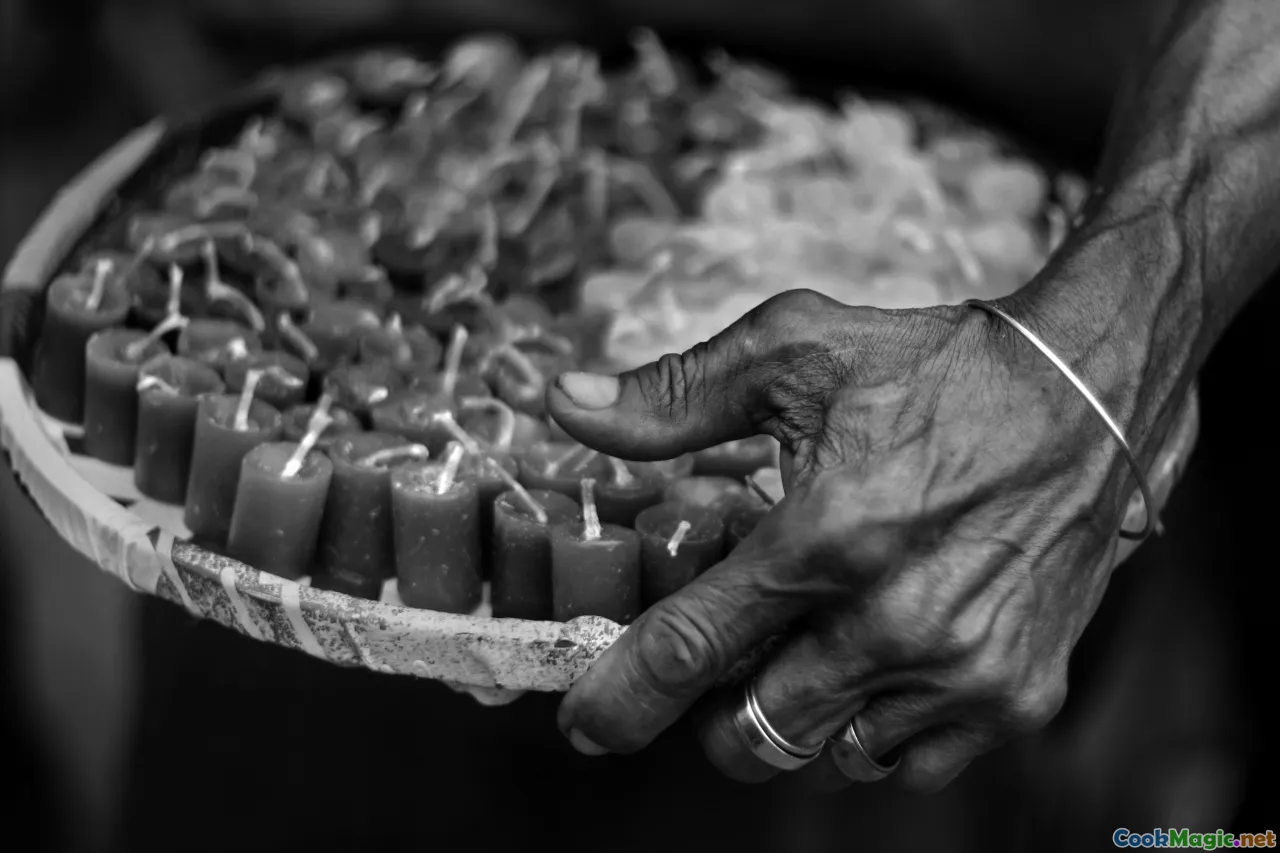
There is nothing like the smell of nixtamal milling into fresh masa. It’s a sound too, like small hearts thudding—a wet rhythmic thrum under the staccato of tortilla edges slapped, pressed, laid on the comal. The first time I brought heirloom Olotillo Blanco kernels to a simmer with cal, the kitchen perfumed itself with a scent that felt ancient: the mineral-exhale of stone meeting corn, tortillas yet to be.
Sourcing is where respect begins. Companies like Masienda and Tamoa work with Indigenous families in Oaxaca, Chiapas, and other regions to buy landrace corn at prices that sustain tradition. When you buy their masa harina or whole kernals, you’re not just purchasing corn; you’re reinforcing a milpa—fields where corn grows with beans and squash, where quelites (lambsquarters, amaranth greens) fill the spaces between.
A tortilla night that honors these fields looks like this:
- Cook your nixtamal properly. Use culinary-grade cal, rinse until the skins slip off in a velvety rush, and grind while still warm. If you don’t have a molino, a robust food processor works in a pinch—but the grind should be fine and springy, not sandy.
- Press tortillas a touch thicker than store-bought; give them the dignity of body. On the comal, you want that first whiff of warm stone, then a bloom—a puff that inflates like a heartbeat when both sides are sealed and the steam pushes outward.
- Fill with seasonal quelites sautéed in garlic and a touch of lard or sunflower oil; nestle in squash blossoms when they’re tender as clouds. Serve with a salsa tatemada that tastes like fire-kissed tomato skin.
And name your sources on the menu: “Fresh nixtamal tortillas from Oaxacan landrace corn (via Indigenous farmer network).” Let your guests understand that the tortilla is not flatbread; it’s treaty, soil, kinship in rounds.
Climate, Colonization, and Resilience: Why Food Sovereignty Matters for the Kitchen

So many “classics” of American cuisine are built on Indigenous foods and techniques—cornbread, barbecue’s smoking traditions, cranberries at the harvest table. Yet colonization tore at the networks that sustained those foods: land theft; outlawing ceremonies and controlled burns that kept landscapes resilient; boarding schools that punished language and foodways; imposed rations that seeded hunger and health disparities.
Climate change adds strain—drought tightening around tepary fields, warming waters disrupting salmon runs, shifting seasons throwing off the timing of camas and saguaro harvests. Yet the resilience in Indigenous food systems could be our map forward:
- Dryland farming: Tohono O’odham and Hopi methods for channeling scant rain to corn hills are blueprints for water-scarce futures.
- Controlled burning: Cultural burns return nutrients to soil, open up understories, and protect against megafires; they also revitalize food plants like hazelnut, camas, and berries.
- Seed saving: Cherokee Trail of Tears beans, Hopi blue corn, Haudenosaunee white corn—these varieties hold not just flavor but centuries of adaptation.
- Reciprocal harvest: The honorable harvest—take only what you need, never the first or the last, ask permission, use everything—is a powerful ethical framework for any kitchen.
Supporting sovereignty isn’t charity; it’s aligning our culinary practice with systems that endure.
Eating with Consent: A Short Guide to Building Real Relationships

Cooking is intimacy. If we’re going to cook Indigenous foods, we have to build relationships with the people whose foods they are. Start small, show up consistently, listen more than you speak.
- Find local Indigenous-led businesses. Search for tribally owned food brands, farms, or restaurants in your region. Order from them regularly instead of as a novelty.
- Hire knowledge holders. Bring in Indigenous chefs and educators for staff trainings or pop-ups. Pay fairly, promote widely, and follow their lead on what is appropriate to share.
- Source with intention. When you need wild rice, beans, or game, buy from Indigenous producers first. Ask distributors to carry those brands if they don’t.
- Label your menu honestly. Attribute dishes and ingredients to their communities of origin where appropriate. If you adapted a recipe after a class with an Elder, acknowledge it.
- Show up to public events. Attend community markets or seasonal food gatherings open to non-Native neighbors. Buy what’s on offer, ask how to cook it, then return with feedback and gratitude.
- Donate and subscribe. Support organizations like NATIFS (North American Traditional Indigenous Food Systems) and the I-Collective. Contribute to seed banks and land rematriation efforts.
Consent in cooking looks like respect in motion. It’s not a one-off; it’s a practice that seasons all your meals.
Kitchen Notes: Small Rituals, Big Change
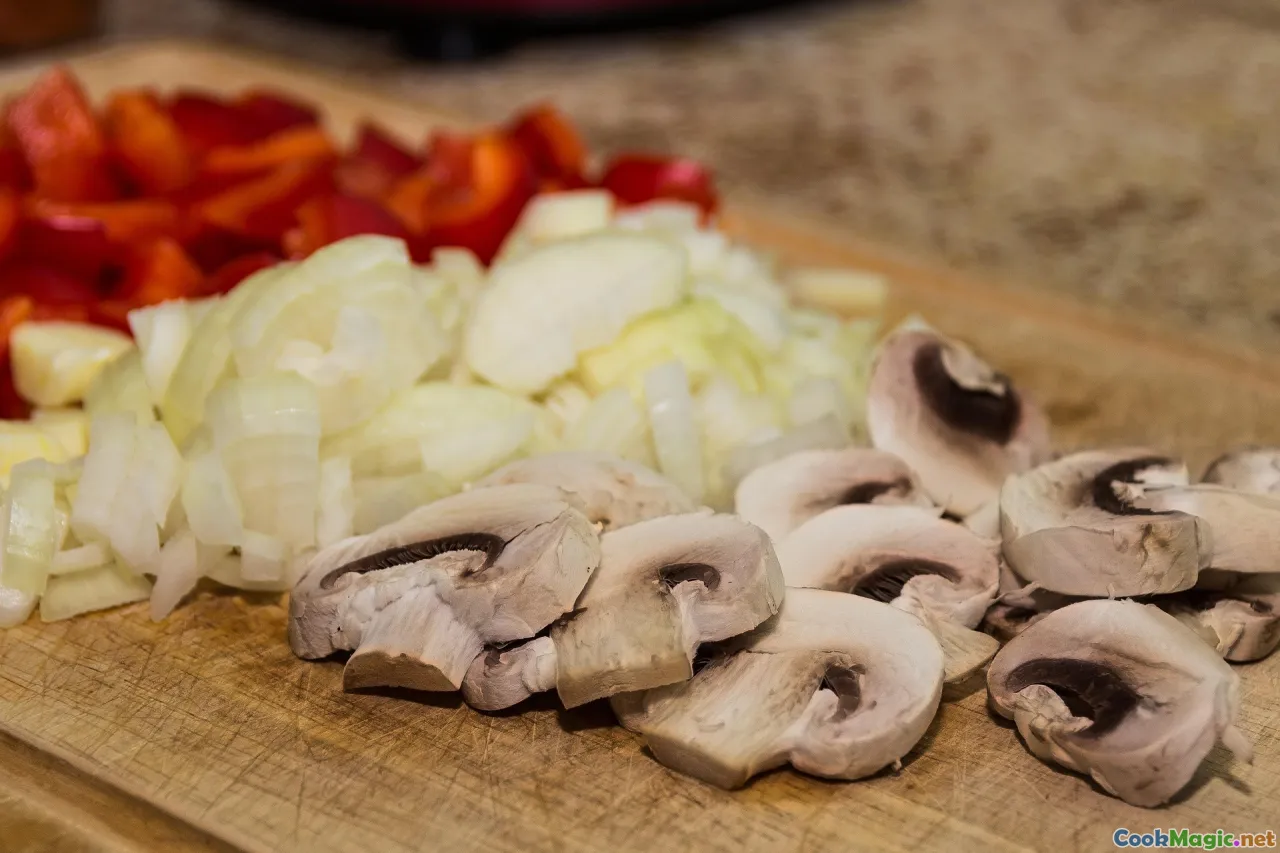
You don’t need to overhaul your menu to shift culture. Try one small ritual at a time.
- Begin service with a short acknowledgment of the Indigenous peoples whose land you cook on, and pair it with a tangible commitment—e.g., 1% of sales from a specific dish to a local Indigenous food sovereignty project.
- Add one sovereignty-forward special per week: tepary bean chili with charred squash; manoomin salad with cranberries and charred leeks; kelp noodle stir-fry with smoked mussels.
- Swap white sugar and corn syrup for maple syrup or maple sugar in select dishes; the caramel edge is extraordinary.
- Make wojape. Simmer chokecherries, blueberries, or cranberries with a splash of water until thickened, then sweeten lightly with maple. Serve over roasted root vegetables, grilled duck, or yogurt.
- Brush bison ribeye with cedar-infused oil (steep food-safe cedar or use cedar-smoked salt in warm oil, then strain). Sear hard, rest generously. The aroma is a forest in snow.
- Explore non-alcoholic pairings with Indigenous flavors: spruce tip and apple fizz; sumac lemonade with maple; smoked cedar iced tea.
Each choice is a small turning of the soil, a way to grow a different harvest.
Field Guide: A Starter List of Indigenous-led Producers, Restaurants, and Books to Support
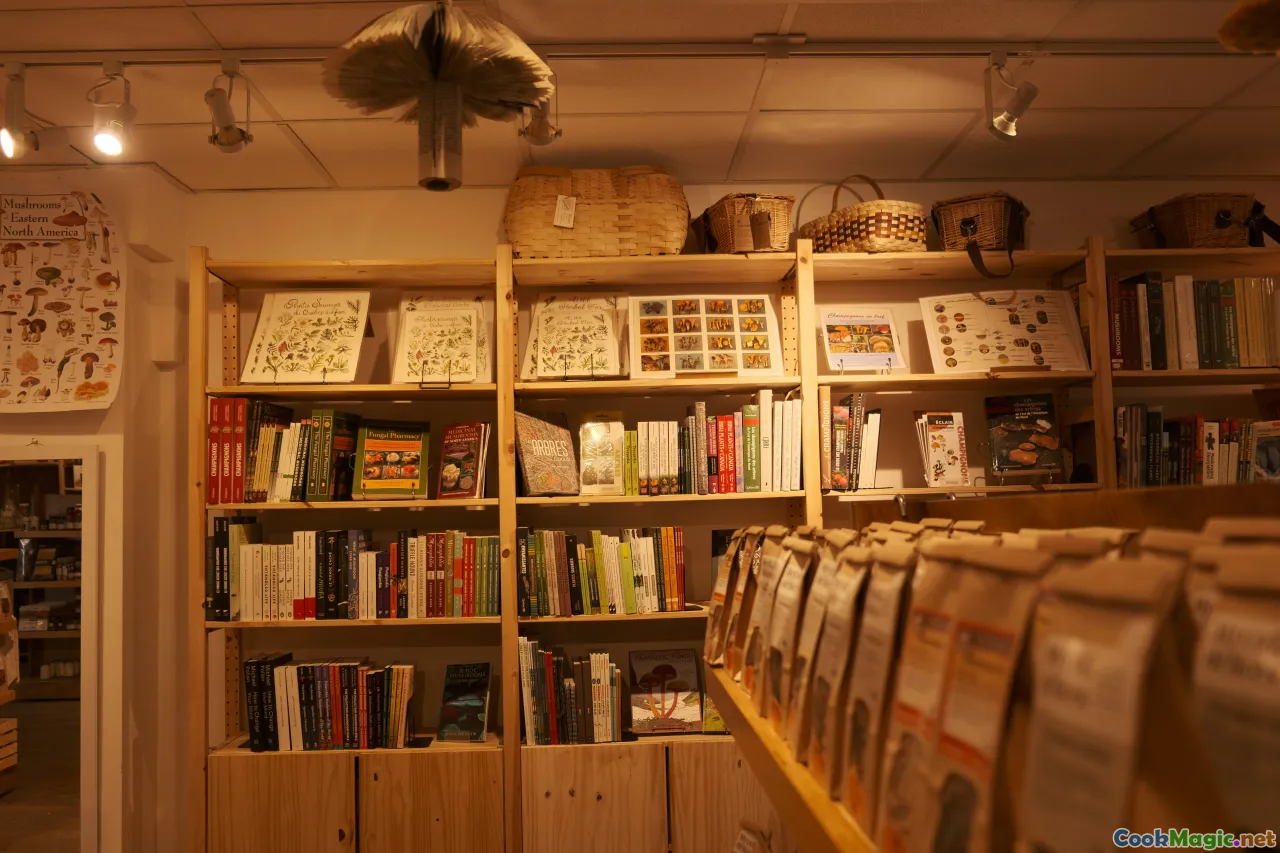
Producers and marketplaces:
- Native Harvest (White Earth Nation): Hand-harvested wild rice (manoomin), maple, preserves.
- Red Lake Nation Foods: Wild rice, jams, syrups, and gifts.
- Ramona Farms (Akimel O’odham): Tepary beans, Pima club wheat, heirloom corn products.
- Bow & Arrow Brand (Ute Mountain Ute Tribe): Stone-ground cornmeal and grits.
- Sakari Farms (Indigenous woman-owned, Oregon): Native crops, spice blends, education.
- Tocabe Indigenous Marketplace: Pantry staples with traceable sourcing; sister to Tocabe restaurant.
- SweetGrass Trading Co. (Ho-Chunk Inc.): Curated Native-made foods and gifts.
- Renbiten (Sámi-owned, Sweden): Reindeer, cloudberry, and other Nordic specialties.
- Warndu (Adnyamathanha-owned, Australia): Native foods and a beautifully instructive cookbook.
- Kono and Kaitahi (Māori-led, Aotearoa New Zealand): Seafood, beverages, and native food products.
- Masienda and Tamoa (Mexico): Heirloom corn from Indigenous farmers for nixtamal and masa.
Restaurants and culinary spaces:
- Owamni by The Sioux Chef (Minneapolis, MN): Decolonized menu rooted in Dakota and broader Indigenous foods.
- Wahpepah’s Kitchen (Oakland, CA): Chef Crystal Wahpepah celebrates Native ingredients with contemporary finesse.
- Tocabe (Denver, CO): Indigenous fast-casual with careful sourcing.
- Salmon n’ Bannock Bistro (Vancouver, BC): Urban Indigenous dining led by Nuxalk ownership.
- Feast Cafe Bistro (Winnipeg, MB): Chef Christa Bruneau-Guenther’s take on First Nations comfort.
- Cafe Ohlone / mak-’amham (Berkeley, CA): A living cultural space and menu honoring Ohlone foodways.
Books and resources:
- The Sioux Chef’s Indigenous Kitchen by Sean Sherman with Beth Dooley.
- New Native Kitchen by Freddie Bitsoie and James O. Fraioli.
- tawâw: Progressive Indigenous Cuisine by Shane Chartrand with Jennifer Cockrall-King.
- Original Local by Heid E. Erdrich.
- Hiakai: Modern Māori Cuisine by Monique Fiso.
- Warndu Mai (Good Food) by Damien Coulthard and Rebecca Sullivan.
- Indigenous Food Sovereignty in the United States (ed. Devon A. Mihesuah and Elizabeth Hoover) for deeper context.
- Braiding Sweetgrass by Robin Wall Kimmerer, for the ethics of reciprocity and the honorable harvest.
- NATIFS (North American Traditional Indigenous Food Systems): Education, Indigenous Food Lab, advocacy.
- I-Collective: A group of Indigenous chefs, activists, and knowledge keepers advancing food sovereignty.
Buy books from Indigenous-owned bookstores when possible; ask your library to carry them.
A Story of Saguaro Syrup and the Long View
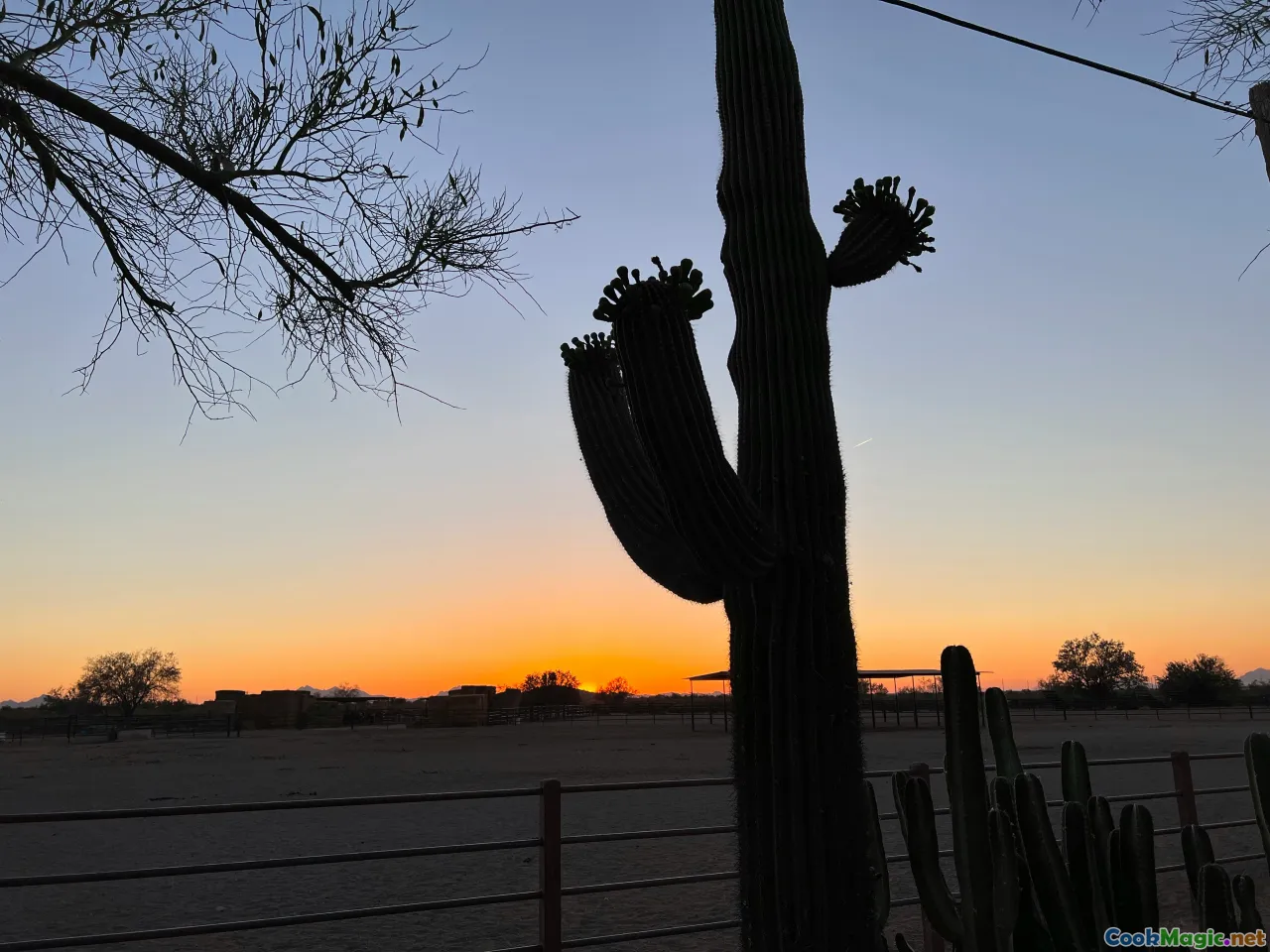
In the Sonoran Desert, the saguaro fruit ripens under the scorch of June, a flame of red on green ribs. I remember the first time I tasted saguaro syrup from a small jar purchased at a Tohono O’odham market. It was not merely sweet—it had a dark, berry-wine depth, a gravitas. I poured a thread over fresh goat cheese and grilled tepary tortillas, and the scent rose like hot stones after rain.
For the Tohono O’odham, the saguaro harvest marks a new year. Harvest poles are made from saguaro ribs; the act of loosening the fruit is a prayer for rain. That jar in my kitchen held an entire calendar and a cosmology. It also taught me a lesson a recipe never could: some foods are not mine to procure. If I’m lucky enough to be offered a taste, I offer thanks and compensation. If not, I look to what my place yields—serviceberries in the foothills, kelp along a rocky coast—and weave those into my meals with equal reverence.
Food sovereignty asks us to take the long view: to see the tree in the sap and the forest in the spoon. It implores us to stop treating recipes as isolated acts and begin cooking in relationships—between rivers and smoke, between seed keepers and chefs, between now and seven generations out.
So yes, stir the pot of wild rice; lift the lid and let the steam write a small poem against your cheek. Lay salmon on cedar, press masa that still hums with the breath of stone. Set your table with gratitude and names. Support Indigenous producers with your dollars and your menus, and support their sovereignty with your attention. You’ll taste the difference immediately. And over time, if we’re lucky and disciplined and generous, we’ll taste it in the world, too.









